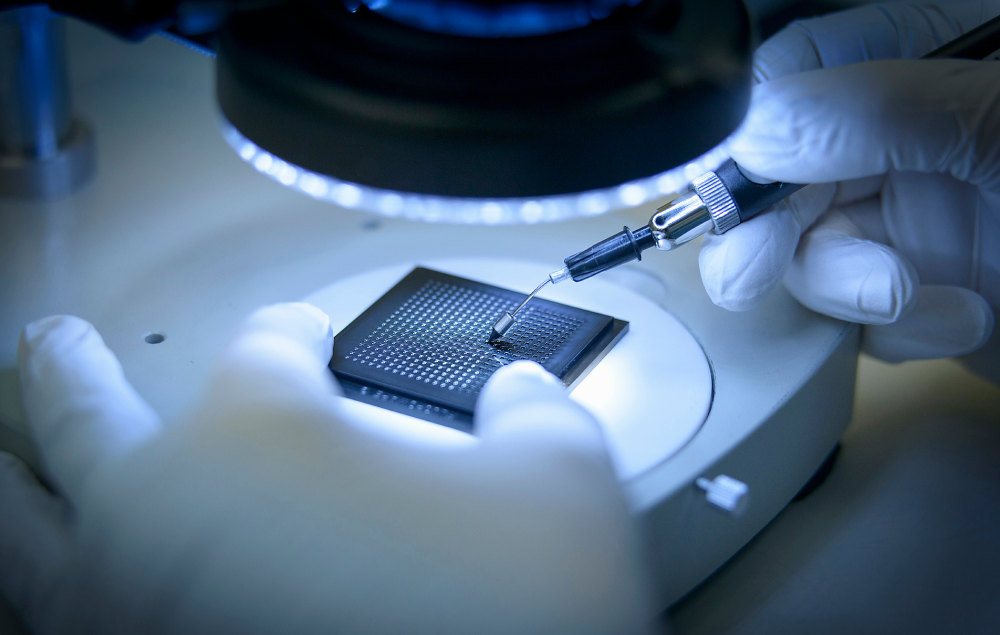If there’s one business in the world winning out of the AI hype cycle right now it’s US chip maker Nvidia. The company — which has a near-monopoly on the specialist processors used for training and running large AI models — has seen its stock price soar by nearly 2,000% since 2019. Now earlier-stage investors are trying to spot the next semiconductor success story.
Today, Netherlands-based Innatera — a company that develops processors designed for use in “edge” applications (use cases where you need processing power on smaller devices) — has raised a €15m Series A round to scale up its production and broaden its customer base.
The investment came from Invest-NL Deep Tech Fund, the EIC Fund, MIG Capital, Matterwave Ventures and Delft Enterprises.
Living on the edge
Innatera’s processors are specifically designed for edge applications that rely on sensors. This covers any device that interprets sensory data, including security cameras, wearables and “hearables” (devices like smart speakers or voice-activated TV remotes that you can speak to).
The data these devices take in has traditionally been processed in the cloud. But now small, specialised chips that can do that processing directly on the device are becoming more necessary.
“With the sensors becoming more complex it's a large volume of data which needs to be sent into the cloud, and this simply takes too long and costs too much. That's the reason why more of the processing is coming close to the sensor,” says Sumeet Kumar, cofounder and CEO at Innatera.
He mentions security cameras that can tell if a person is in-shot, or a smartwatch that can detect heart conditions from heartbeat data, as two kinds of sensor-based applications that could run on his company’s chips.
Getting to market
Innatera says its chips consume about 500 times less energy and process data around 100 times faster than traditional microprocessors. This is largely due to something called “neuromorphic” chip design, meaning technology that mimics how the brain works.
In Innatera’s case, this means the chips use something called a “spiking neural network”, which — compared to other types of neural networks (such as those that power models like ChatGPT) — are more energy efficient in how they encode data. This is what will allow AI applications to run on devices themselves, powered by Innatera’s very small chips, rather than large chips in data centres.
Kumar adds that a lot of effort has gone into building an easy-to-use software stack to make it easy for customers to start using the technology.
“If you look at any hardware play in the semiconductor ecosystem, where they traditionally fail is in terms of software support,” he says.
While he can’t name names, Kumar says Innatera is already working with two customers who are developing devices he hopes will be in shops by next year. Long term, Innatera’s goal is to sell its chips to sensor makers as well as device makers, and to “reach 1bn devices by 2030”.
That’s not to say this will be straightforward. European semiconductor companies like Graphcore have struggled to find enough commercial traction to fund the high costs of developing their hardware.
Kumar says that one of the reasons his company is unlikely to need hundreds of millions of euros in funding is that it’s tried to build with a customer-first approach from day one, allowing it to bring revenue in early. He also says the cost of building a company in the Netherlands is far cheaper than in Silicon Valley.
So, while Innatera’s tiny chips might not be designed to take on Nvidia’s hold over AI training, its backers are hoping its specialised processors could be addressing an easier space to win in.


